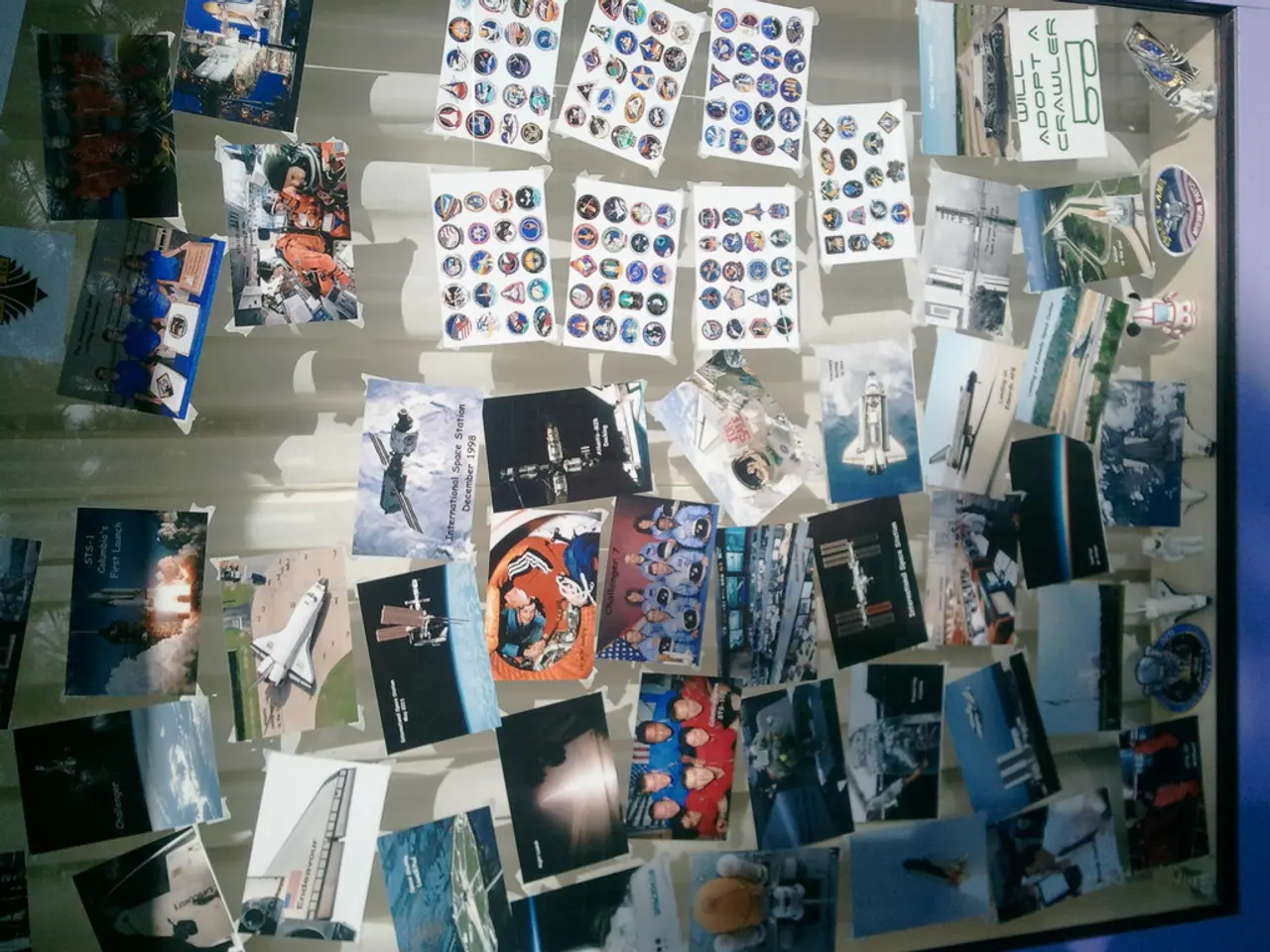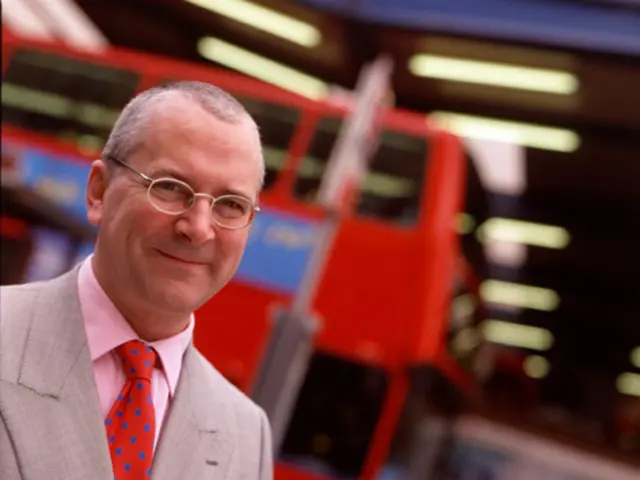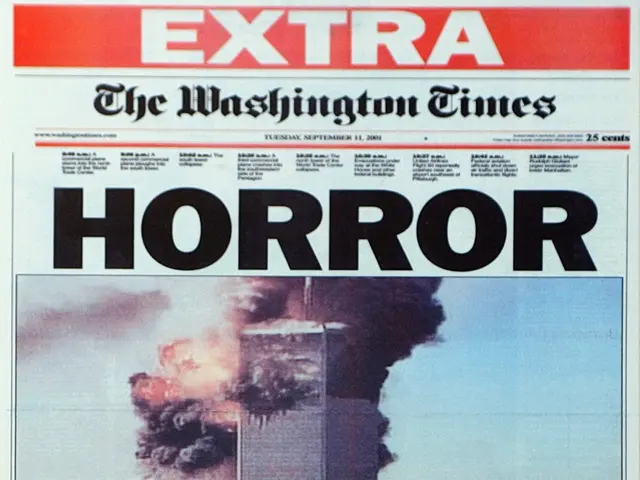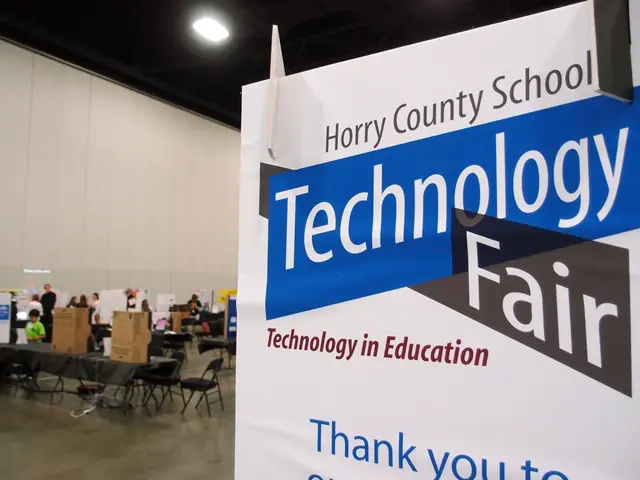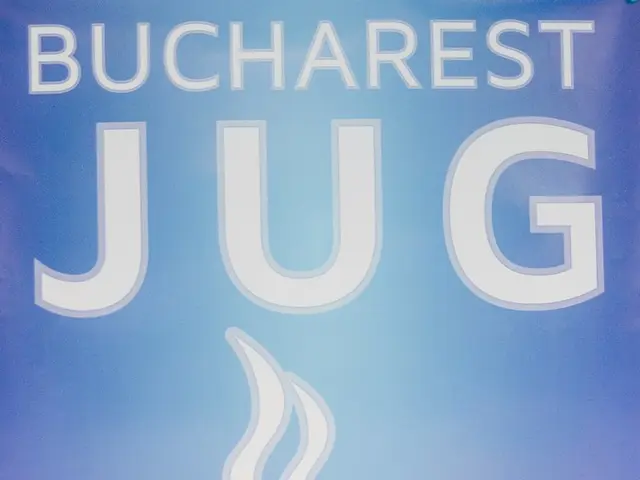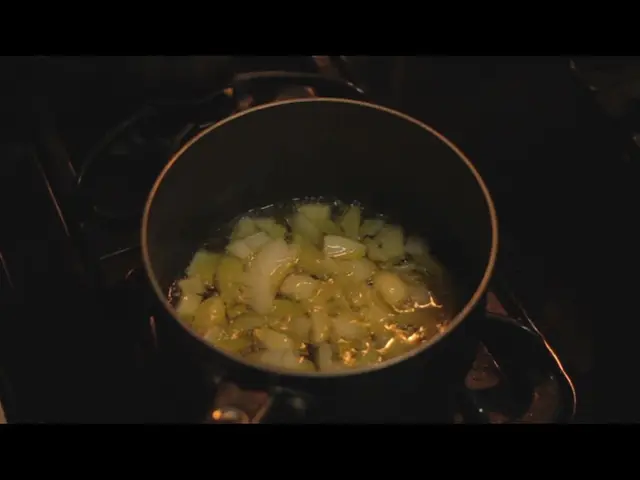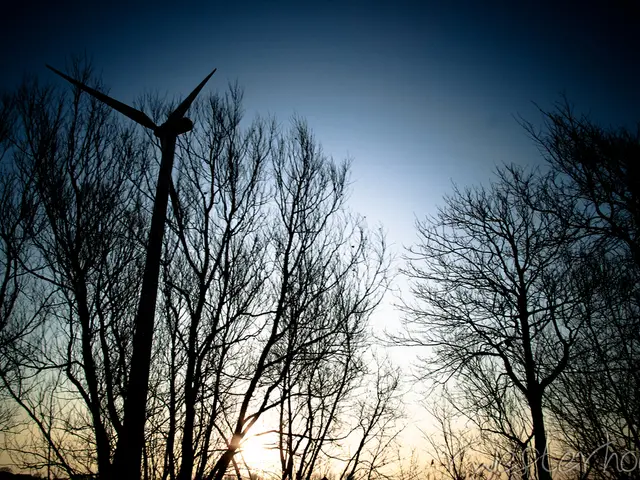Strategies and pathways towards achieving carbon neutrality in the glass manufacturing sector
In an effort to promote a more circular economy, the glass industry, in collaboration with key players, has launched 'Close the Glass Loop', a multi-stakeholder initiative aimed at bringing post-consumer recycled cullet back into production cycles throughout Europe.
This initiative is part of a broader strategy to optimize closed loop recycling of glass packaging, as outlined in a roadmap published by Close the Glass Loop in June 2024. The roadmap provides a comprehensive plan to enhance the recycling of glass packaging, contributing to a more sustainable future for the industry.
A 2023 ReLoop report, titled 'Reinventing Glass', has highlighted the environmental benefits of reusable glass bottles. Compared to their single-use counterparts, reusable glass bottles produce 85% fewer carbon dioxide emissions. They also emit 75% fewer carbon dioxide emissions than plastic (PET) and 57% fewer carbon dioxide emissions than aluminium cans.
These topics will be further discussed at a dedicated session at the 2025 Sustainable Packaging Summit, taking place in Utrecht from 10-12 November.
Achieving Net Zero in the glass industry requires a focus on multiple enabling conditions. These include consumer education, significant investment in clean energy, furnace innovation, high-quality cullet supply, national and EU-level incentives for technological investments in decarbonization, long-term regulatory certainty, and collaboration across the value chain.
However, deposit return schemes (DRS) are not considered the ideal solution for glass, as nearly 8 out of 10 glass bottles are already collected for recycling in Europe, primarily through extended producer responsibility (EPR) systems.
Europe's policymakers are increasingly emphasizing the importance of reuse and refill as part of a circular economy, with a focus on glass as the leading reusable packaging option for beverages. Communicating the inherent safety and inert qualities of glass can help consumers make informed choices when comparing it to other packaging materials.
Regulatory frameworks must provide long-term certainty to avoid delaying investment, hindering progress, and undermining the competitiveness of European value chains. The PPWR, in particular, is likely to have a significant impact on the glass sector, focusing as it does on reuse and recycling.
The European glass industry has already taken significant steps towards sustainability. Energy efficiency measures, investments in recycling and circular economy practices, and the development of innovative low-carbon technologies are just a few examples of the industry's commitment to achieving net-zero emissions by 2050.
The outlook for the future is challenging due to political uncertainty in sustainability regulations, difficult political and macro-economic contexts, and the scale of technological investments required for Net Zero. However, the industry remains optimistic about meeting customer demands and achieving the targets with stable policy frameworks, adequate public support, and collaboration across the value chain.
Increasing consumer awareness about the benefits of glass as a recyclable and safe material is crucial for building a future-proof closed loop system. Close the Glass Loop encompasses the entire value chain across 13 countries, including glass producers, brands, consumers, EPR schemes, and municipalities.
Improving the glass recycling stream involves better methods of collecting glass from consumers to increase the volume and quality of collected glass. Dark glass containers can yield higher percentages of recycled content as they can incorporate cullet of various colours without requiring precise sorting.
The EU Packaging & Packaging Waste Directive and the Waste Framework Directive are helping the glass industry move towards decarbonization and circularity by reinforcing key principles such as recyclability, reuse, and recycled content. However, FEVE has cautioned that an over-reliance on weight as a sustainability metric can ignore other equally important factors such as recyclability or food safety.
Read also:
- Catastrophe at a U.S. Steel facility in Pennsylvania results in the loss of two lives. crucial details unveiled
- Auto Industry Updates: Geotab, C2A, Deloitte, NOVOSENSE, Soracom, and Panasonic in Focus
- Impact of COVID-19 on Poland's Ability to Achieve its 2020 Renewable Energy Target
- Sustainability Focuses on Preserving Nature, Financial Stability, and Social Equality
